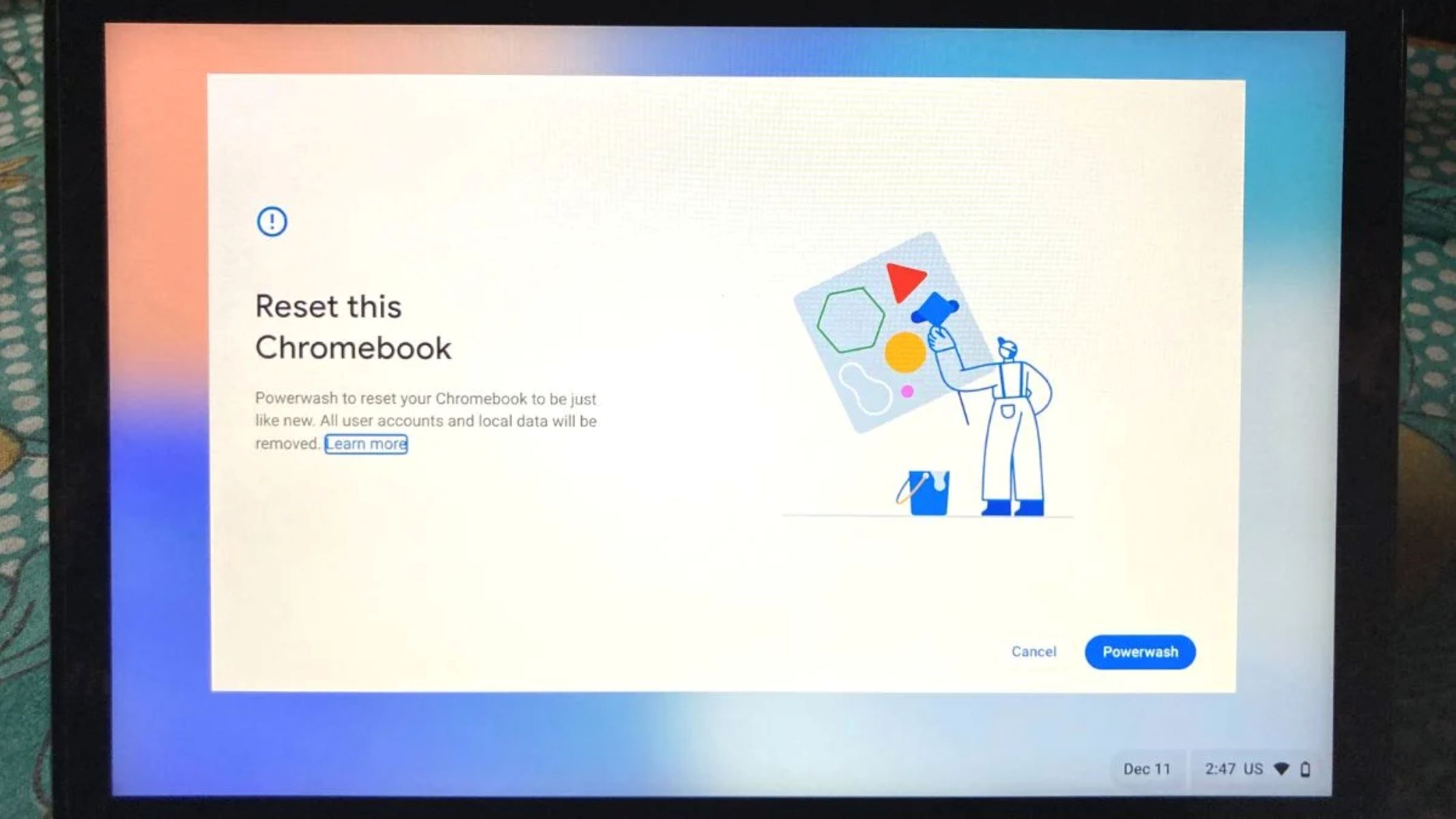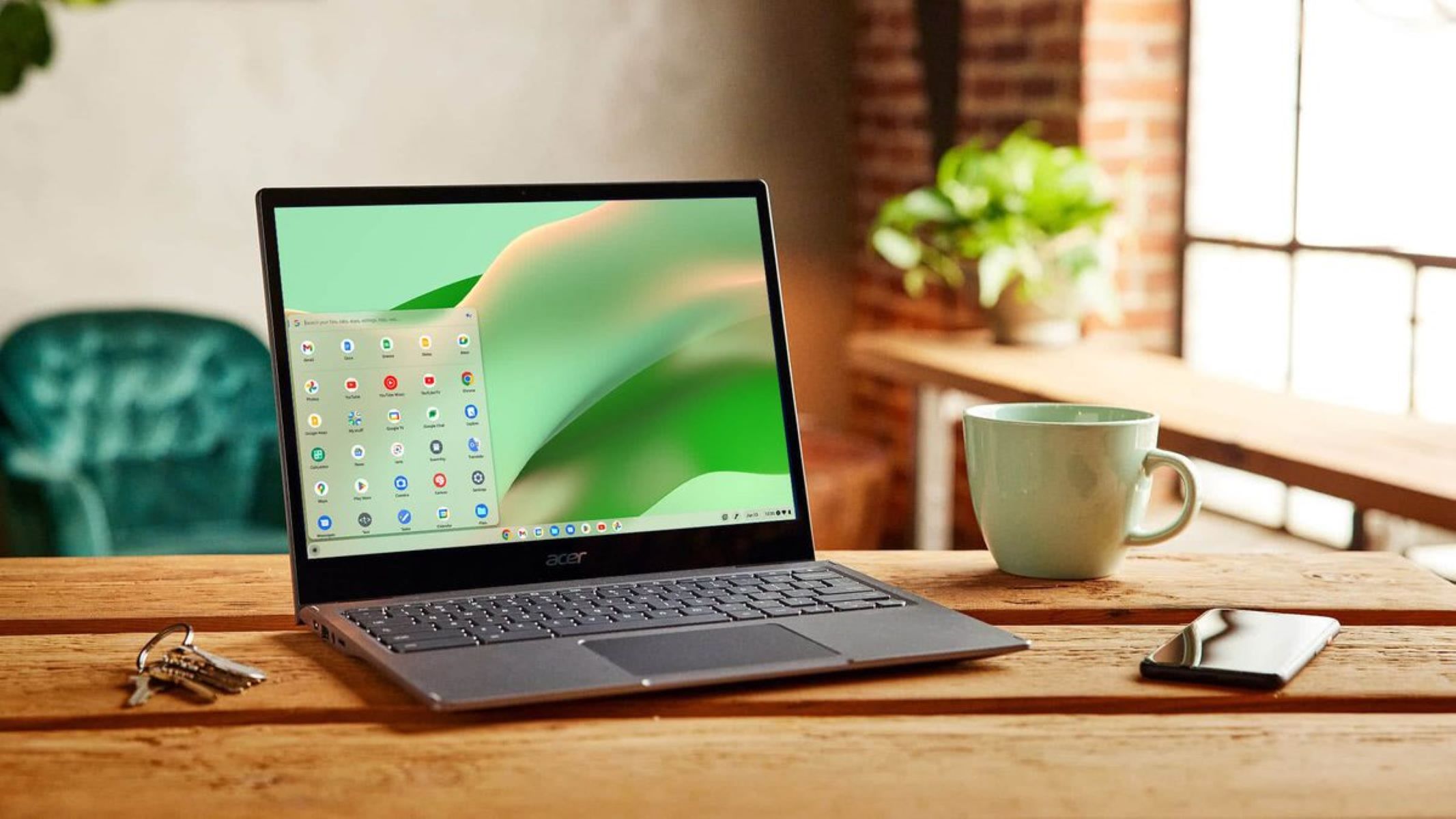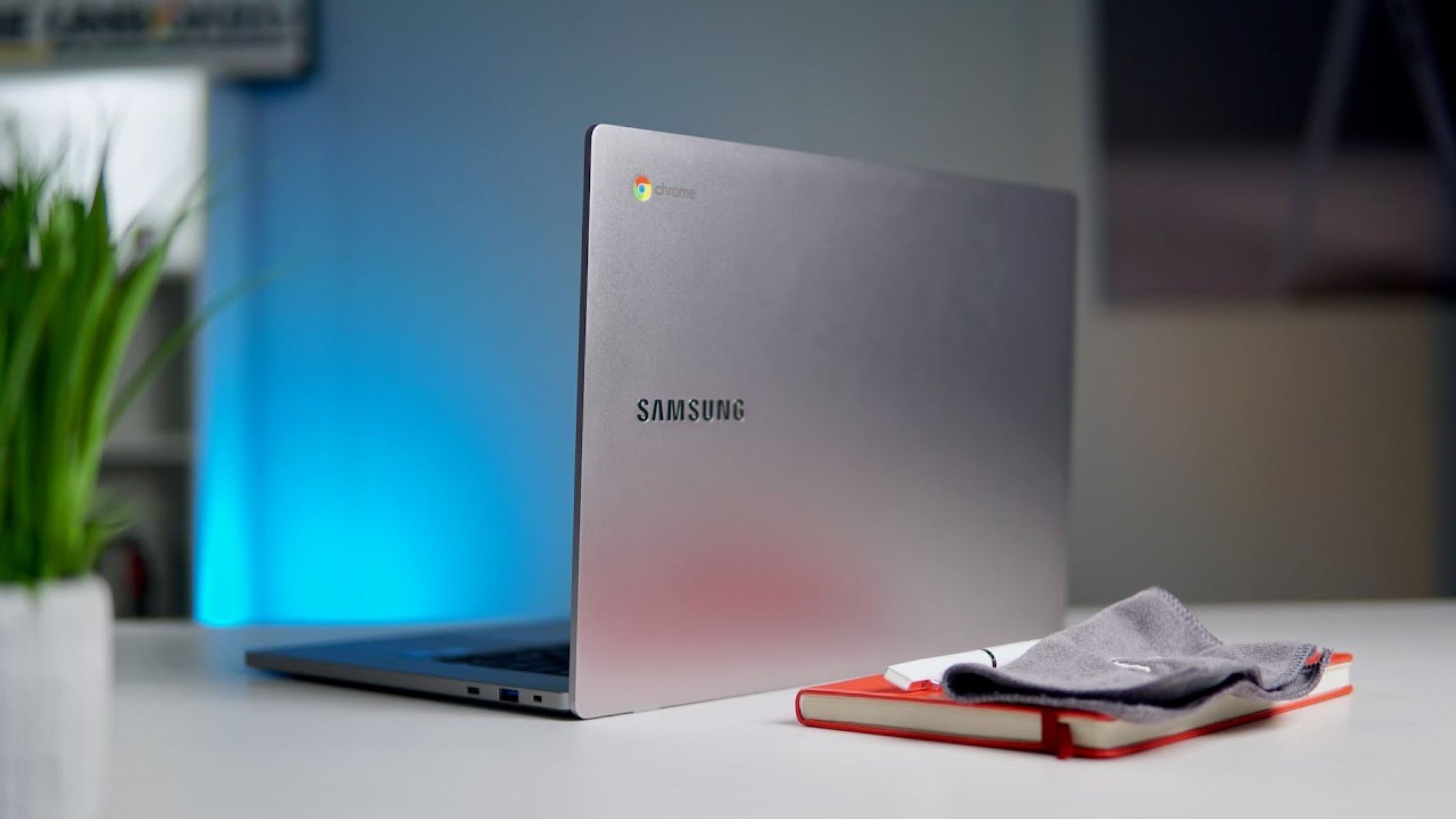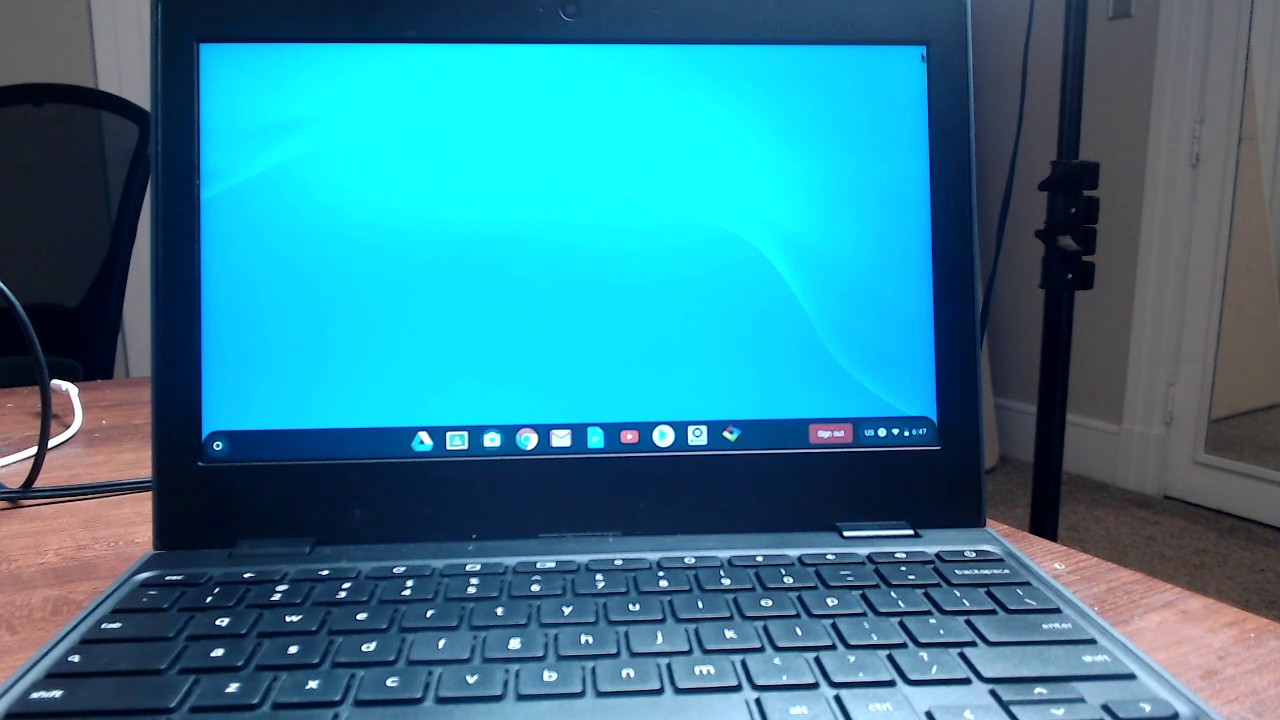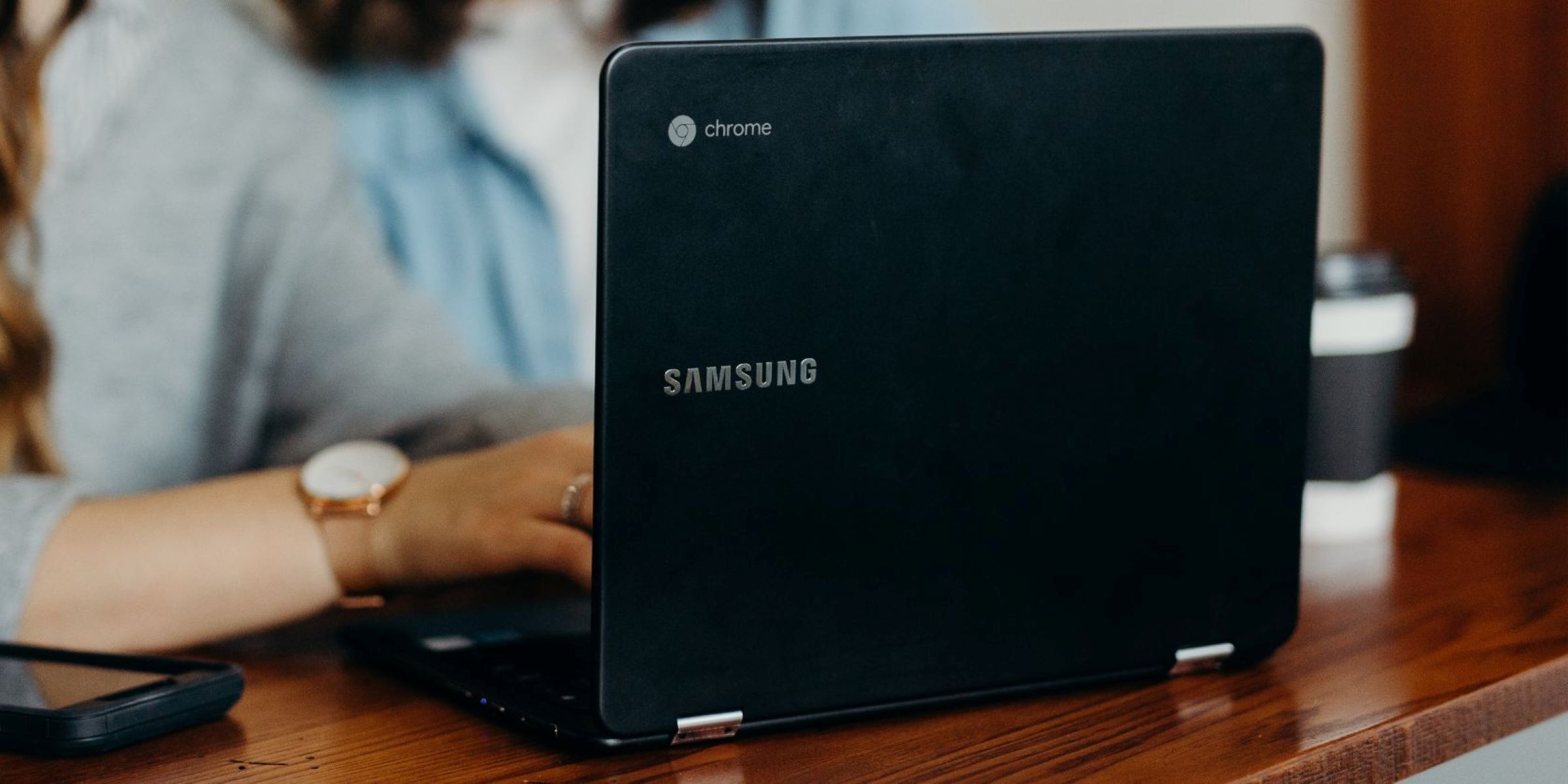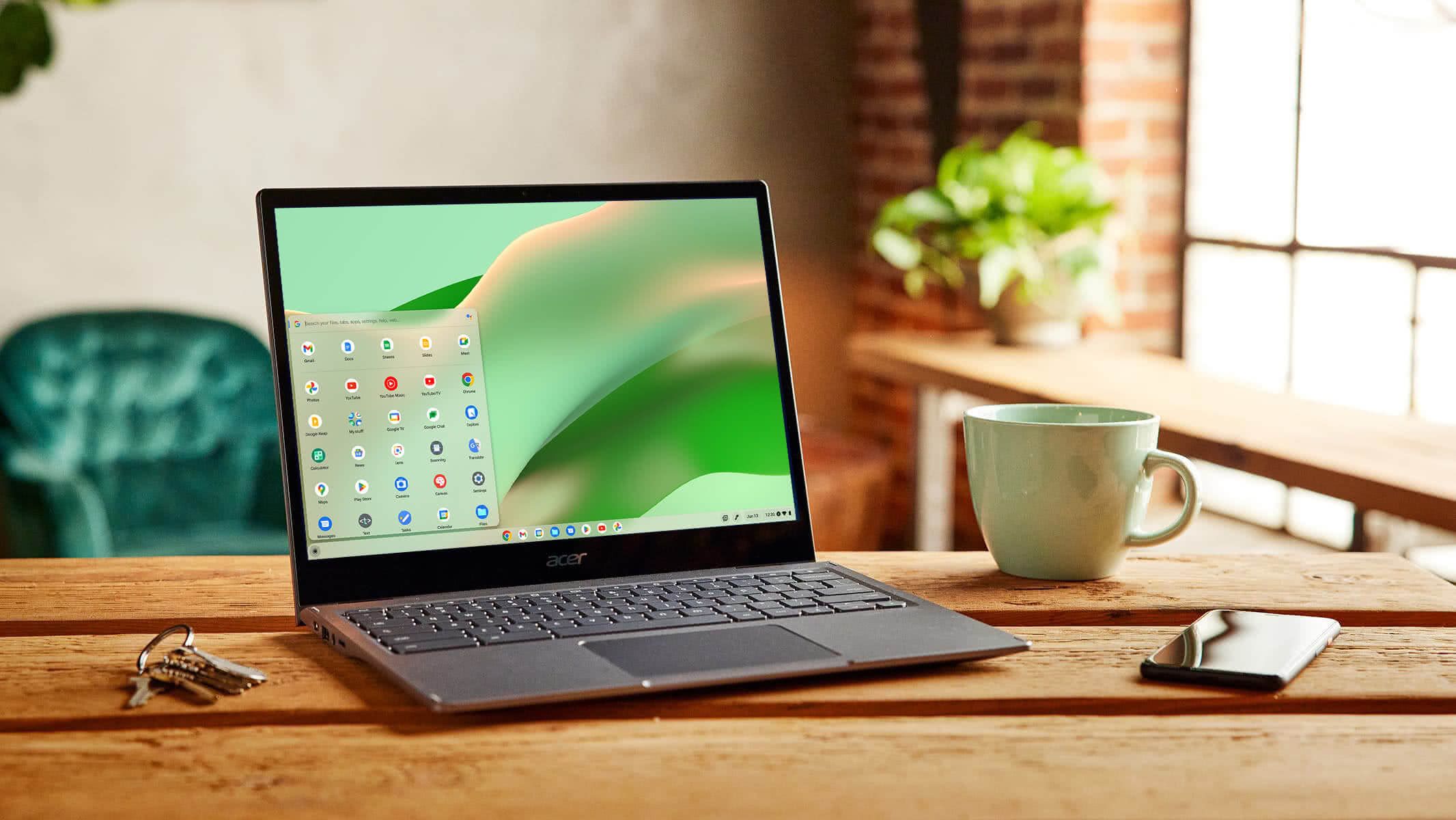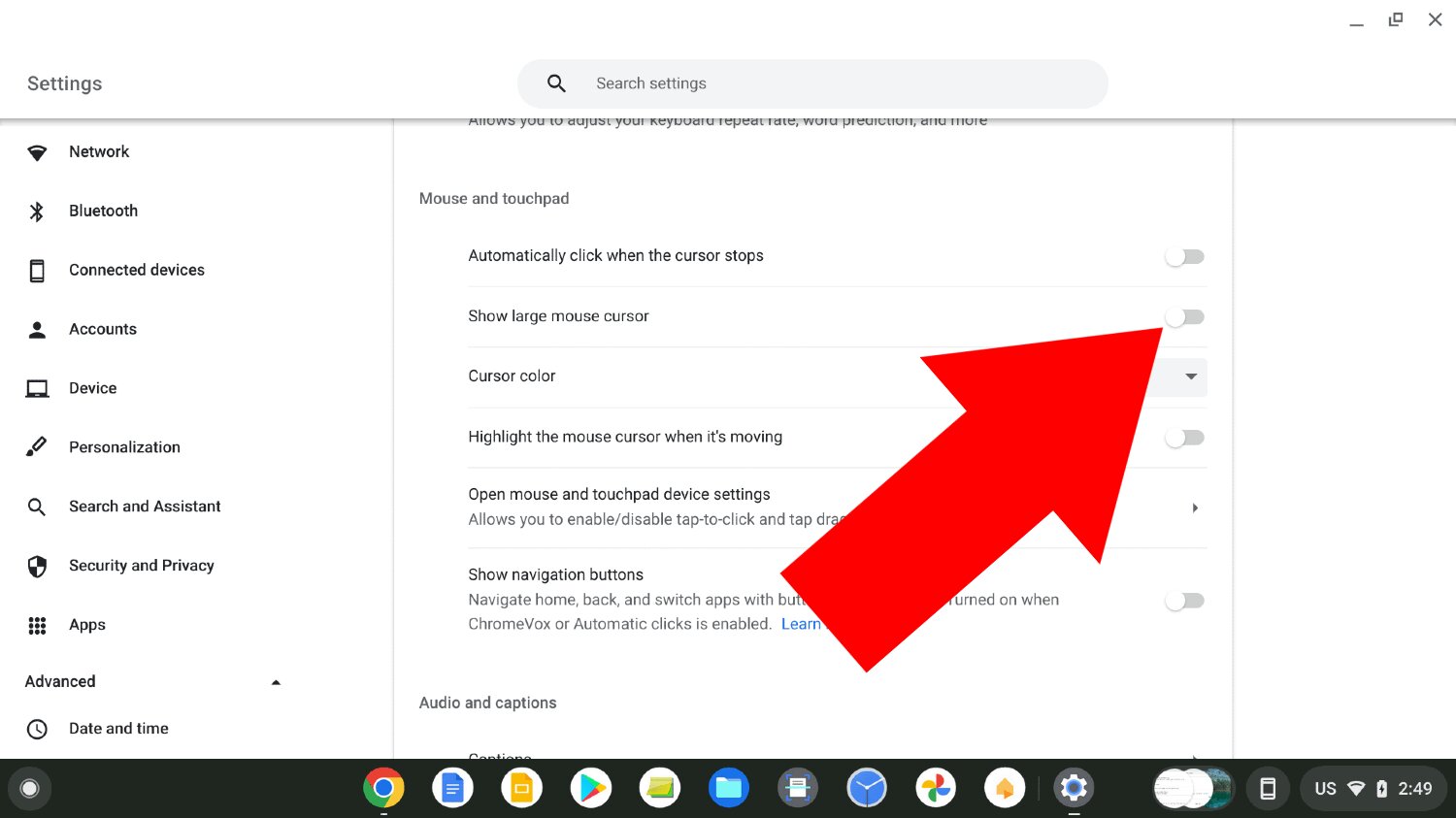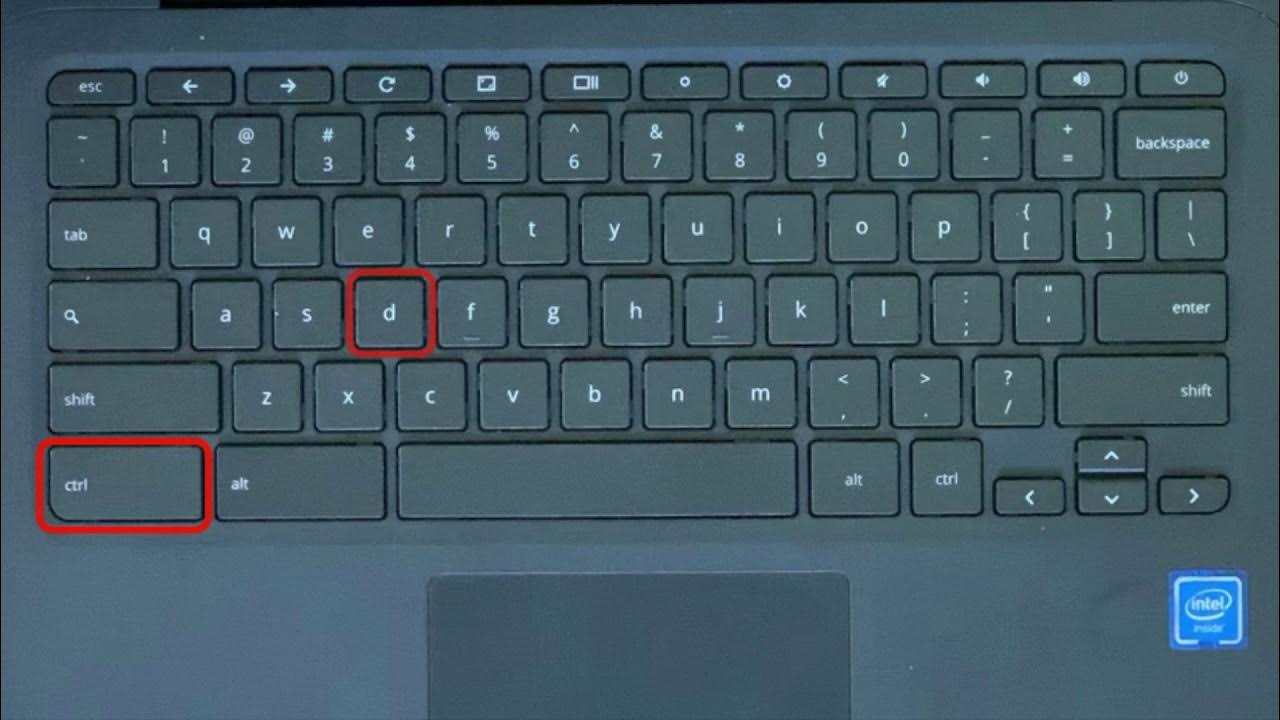Introduction
A Chromebook is a versatile and user-friendly device that provides a seamless computing experience. However, there may come a time when you need to reset your Chromebook to its original factory settings. This could be due to various reasons, such as troubleshooting persistent issues or preparing your device for a fresh start.
Resetting your Chromebook can help resolve software conflicts, remove malware, or simply give you a clean slate to work with. In this article, we will guide you through the process of resetting your Chromebook and getting it back to its pristine condition.
Before proceeding with the reset, it is essential to note that performing a factory reset will erase all the data on your Chromebook. Therefore, it is crucial to back up any important files or documents to an external storage device or to the cloud. This ensures that you won’t lose any valuable information during the reset process.
Once you have secured your data, you can proceed with either powerwashing your Chromebook or performing a more thorough reset by reinstalling Chrome OS. In the following sections, we will explain both methods in detail and provide troubleshooting tips to help you overcome any challenges along the way.
Backing Up Your Data
Before resetting your Chromebook, it is crucial to back up any important data that you have stored on the device. This ensures that you don’t lose any files or documents that are essential to you.
There are a few different ways you can back up your data on a Chromebook:
- Google Drive: One of the easiest ways to back up your files on a Chromebook is by using Google Drive. Google Drive offers 15GB of free storage and allows you to store and access your files from any device with an internet connection. Simply drag and drop your important files into Google Drive, and they will be safely stored in the cloud.
- External Storage Device: If you prefer to have a physical copy of your files, you can back them up onto an external storage device, such as a USB flash drive or an external hard drive. Connect your storage device to your Chromebook and copy the files you wish to back up onto it.
- Cloud Storage Services: In addition to Google Drive, there are other cloud storage services available that allow you to back up your files, such as Dropbox or Microsoft OneDrive. These services offer various storage plans, so you can choose the one that best suits your needs.
Remember to consider the size of your files and the available storage space on your chosen backup method to ensure that you can safely store all your important data.
By backing up your data before resetting your Chromebook, you can have peace of mind knowing that your files are protected and easily accessible after the reset process is complete.
Powerwashing Your Chromebook
If you want to perform a quick and straightforward reset of your Chromebook, powerwashing is the way to go. Powerwashing your Chromebook will remove all user accounts and data, returning the device to its original factory settings while keeping the Chrome OS intact.
To powerwash your Chromebook, follow these steps:
- Start by signing out of your Chromebook. Click on the time in the bottom-right corner of the screen, then click on the profile icon and select “Sign out”.
- Next, press and hold the Ctrl + Alt + Shift + R keys simultaneously. A pop-up window will appear with the reset options.
- In the popup window, click on the “Powerwash” button.
- A confirmation window will appear asking if you want to continue with the powerwash. Read the information carefully, as all local data will be erased. Click on the “Continue” button to proceed.
- Your Chromebook will now begin the powerwashing process. It may take a few minutes to complete.
- Once the powerwash is complete, your Chromebook will restart, and you will be prompted to set it up as if it were brand new.
It is worth noting that powerwashing will not remove any updates or installed Chrome apps or extensions. These will be restored once you sign back into your Google account.
Powerwashing your Chromebook is a simple and effective way to reset it to its original state. It’s a recommended option if you are experiencing minor issues or want to start fresh without the hassle of reinstalling Chrome OS.
Resetting Your Chromebook to Factory Settings
If you encounter more serious issues with your Chromebook or want to ensure a complete reset, you can opt for resetting your Chromebook to its factory settings. This process will erase all data and settings, including your Google account and Chrome OS updates.
To reset your Chromebook to factory settings, follow these steps:
- Start by signing out of your Chromebook. Click on the time in the bottom-right corner of the screen, then click on the profile icon and select “Sign out”.
- Next, press and hold the Ctrl + Alt + Shift + R keys simultaneously.
- A confirmation message will appear, informing you that your data will be permanently erased. Click on the “Reset” button.
- Your Chromebook will now restart and begin the process of resetting to factory settings. This may take a few minutes.
- Once the reset is complete, you will be prompted to set up your Chromebook as if it were brand new. Follow the on-screen instructions to configure your language, Wi-Fi, and Google account settings.
It’s important to note that resetting your Chromebook to factory settings will delete all locally stored data, so make sure you have backed up any important files before proceeding.
By resetting your Chromebook to factory settings, you can address more severe software issues or prepare the device for a clean start. This option is also recommended if you plan on selling or giving away your Chromebook, ensuring that your personal information is completely removed.
Reinstalling Chrome OS
If you are experiencing persistent issues with your Chromebook or want to start from scratch with a fresh installation of Chrome OS, reinstalling the operating system is the best option. This will completely wipe your Chromebook’s data and settings, including your Google account.
To reinstall Chrome OS on your Chromebook, follow these steps:
- Ensure that your Chromebook is connected to a power source and that you have backed up any important data.
- Start by signing out of your Chromebook. Click on the time in the bottom-right corner of the screen, then click on the profile icon and select “Sign out”.
- Press and hold the Ctrl + Alt + Shift + R keys simultaneously.
- A screen with the Chrome OS verification process will appear. Click on the “Let’s go” button.
- Follow the on-screen instructions to complete the Chrome OS reinstallation process. This may involve entering your Google account information and configuring settings such as language and internet connectivity.
- Once the reinstallation process is complete, your Chromebook will restart, and you can proceed to set it up as if it were brand new.
Reinstalling Chrome OS provides a clean slate for your device, eliminating any persistent software issues you may have encountered. It ensures that you have the latest version of the operating system and can start afresh without any unnecessary data or settings cluttering your Chromebook.
Remember to back up any important files or documents before reinstalling Chrome OS, as all local data on your Chromebook will be permanently deleted during the process.
Troubleshooting Common Issues
While resetting your Chromebook can resolve many software-related issues, there are some common problems that you may encounter that can be resolved without the need for a full reset. Here are some troubleshooting tips to help you address common Chromebook issues:
- Browser Not Responding: If your browser becomes unresponsive or freezes, try closing any unnecessary tabs or extensions. You can also try restarting your Chromebook to refresh the system and clear any temporary glitches.
- Wi-Fi Connection Issues: If you are experiencing difficulties connecting to Wi-Fi, make sure that your Chromebook is within range of the wireless network and that the network password is entered correctly. You can also try restarting your router or resetting your network settings on the Chromebook.
- Keyboard or Touchpad Malfunction: If your keyboard or touchpad is not working properly, try disconnecting any external devices that may be causing interference. You can also access the Chromebook’s settings and perform a device restart or powerwash, as mentioned earlier.
- Battery Drain: If you notice that your Chromebook’s battery is draining quickly, check for any power-hungry apps or processes running in the background. Closing unnecessary applications and decreasing screen brightness can help conserve battery life.
- Audio or Video Issues: If you are experiencing problems with audio or video playback, ensure that the volume is turned up and not muted. Try closing and reopening the application or website you are using, and check for any pending system updates that may address the problem.
- Chromebook Running Slow: If your Chromebook is experiencing sluggish performance, try clearing your browsing history and cache. You can also disable any unnecessary Chrome extensions that may be causing a slowdown. Restarting your Chromebook periodically can also help improve its overall speed and performance.
If the troubleshooting tips mentioned above do not resolve your issue, you can consider performing a powerwash or reinstalling Chrome OS, as detailed in the previous sections.
Remember that if you are still encountering difficulties with your Chromebook, you can reach out to Google Support for further assistance.
Conclusion
Resetting your Chromebook can be a useful solution for addressing software issues, preparing your device for a fresh start, or resolving persistent problems. Whether you choose to powerwash your Chromebook, reset it to factory settings, or reinstall Chrome OS, it’s important to back up your data beforehand to avoid any data loss.
Powerwashing your Chromebook is a quick and convenient option that removes all user accounts and data while keeping the Chrome OS intact. This method is ideal for minor issues or when you want a fresh start without reinstalling Chrome OS.
If you encounter more severe issues or want a complete wipe and fresh installation, resetting your Chromebook to factory settings or reinstalling Chrome OS is the way to go. These methods erase all data and settings, providing a clean slate for your device.
Remember to troubleshoot common issues before resorting to a full reset. Simple steps like restarting your Chromebook, closing unnecessary applications, or clearing the cache can often resolve common problems.
By following the steps outlined in this article, you can easily reset your Chromebook and ensure its optimal performance. Whether you’re troubleshooting issues or preparing your device for a new user, resetting your Chromebook can help you start fresh.







